Explore the once richest village in China, where everyone is a billionaire but their assets cannot leave the village
Tuesday, May 28, 2024 11:42 AM (GMT+7)
In Hoa Tay village, there was a time when everyone drove luxury cars, lived in villas, and received annual spending money, with assets amounting to billions of dong. However, if people left the village, their villas, cars, and related items had to be collected by the community.
Video : The collapse of China's richest billionaire village - Huaxi village.
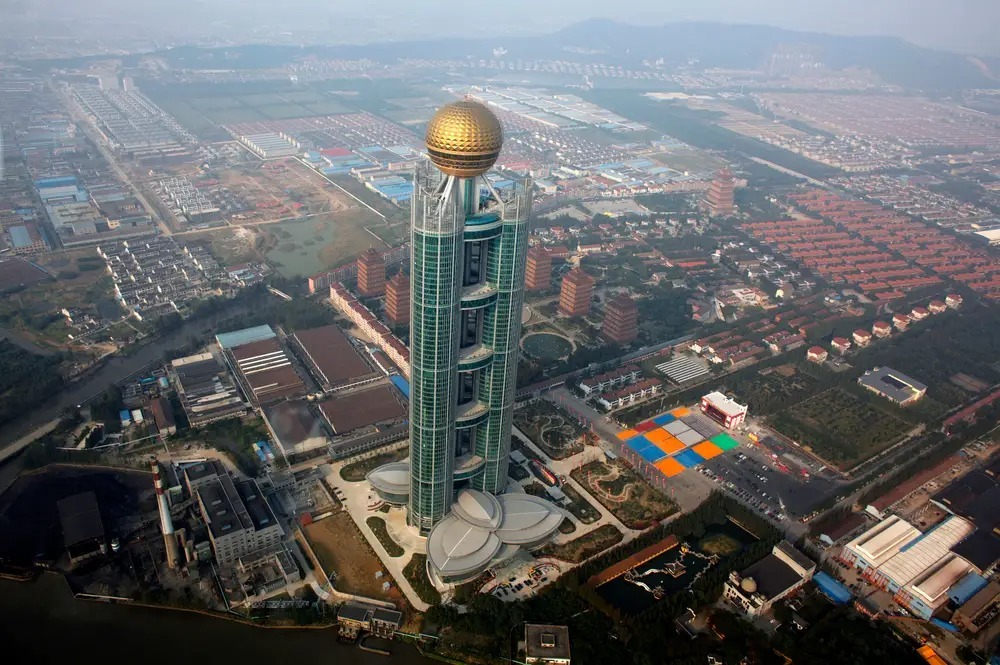
Huaxi was once considered the richest village in China. Covering an area of 35 square kilometers, it has a 328-meter-high hotel tower, uniformly built houses, and a park with structures simulating the Great Wall, the Arc de Triomphe, etc. Photo: Reuters
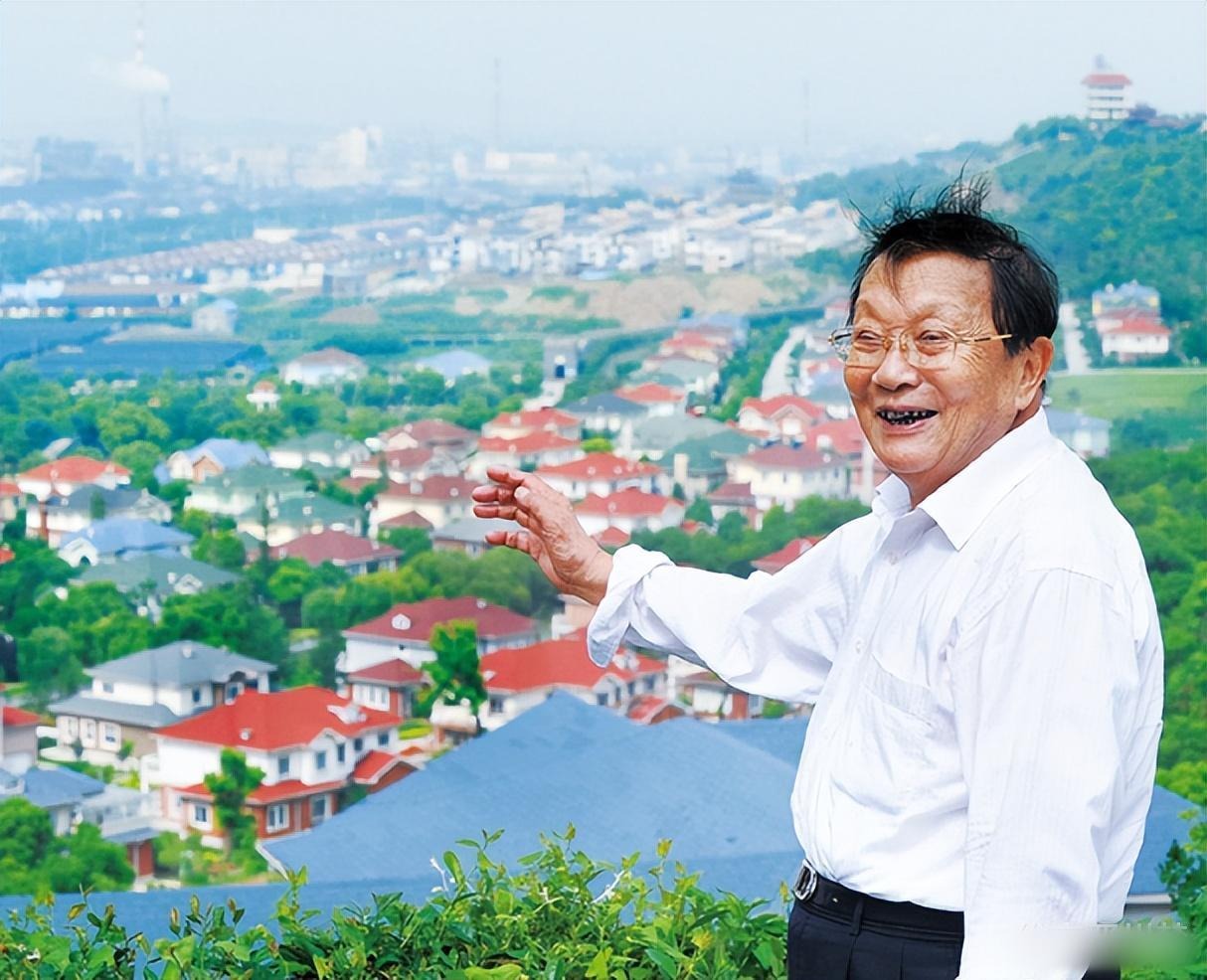
Located about a two-hour drive northwest of Shanghai, the late Huaxi Party Secretary Wu Renbao was instrumental in building the village into a wealthy one. In 2010, Huaxi was awarded the title of "Number 1 Village in Per Capita Income" by the Chinese government when their income exceeded $10,000. That was also the glorious time when the Huaxi Village Group's revenue exceeded 50 billion yuan. Photo: Business Insider.
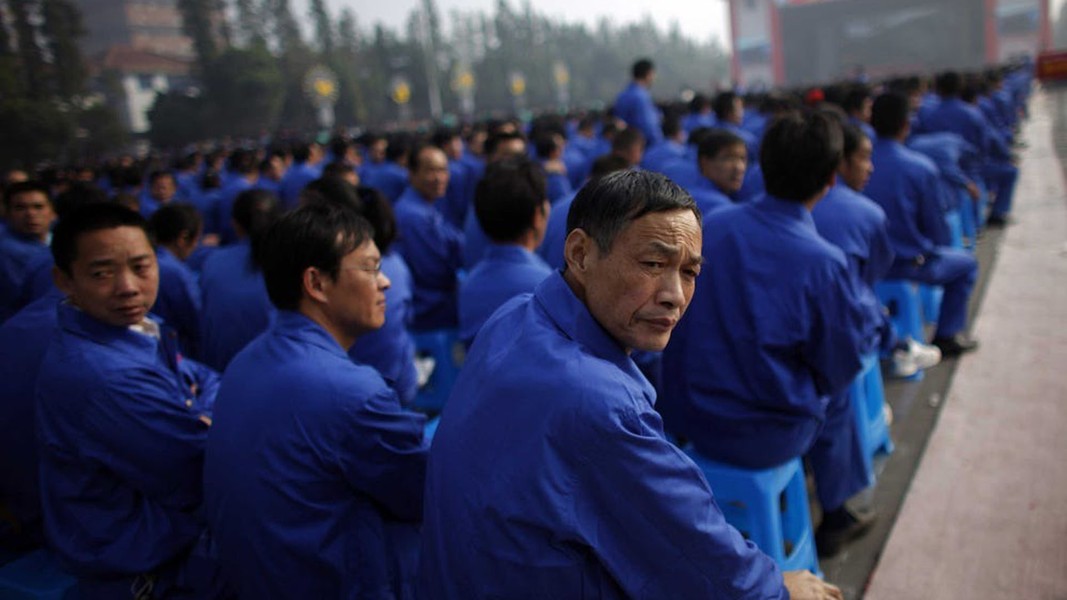
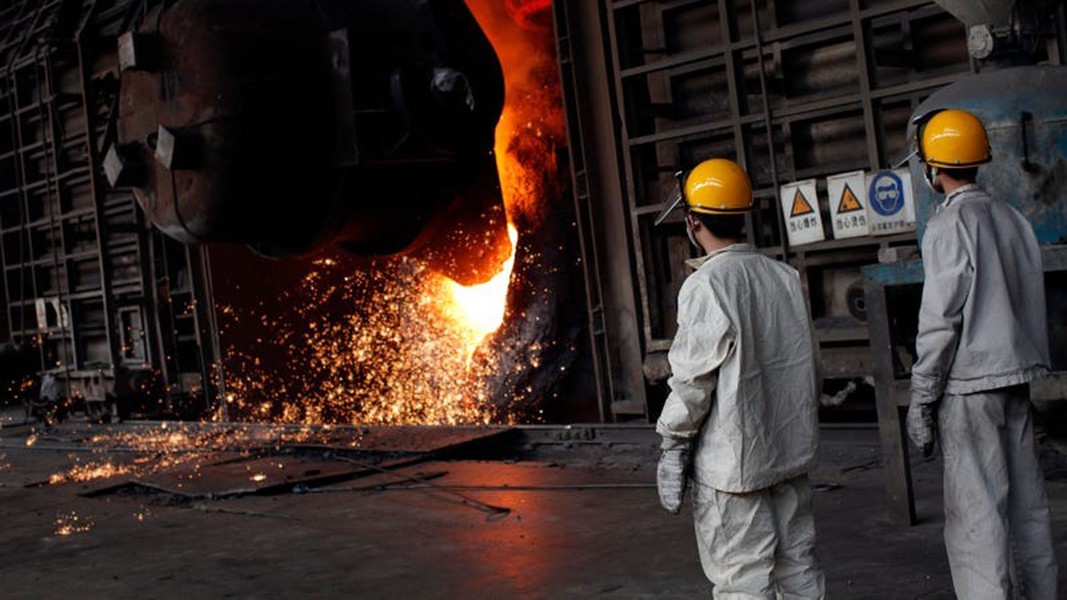
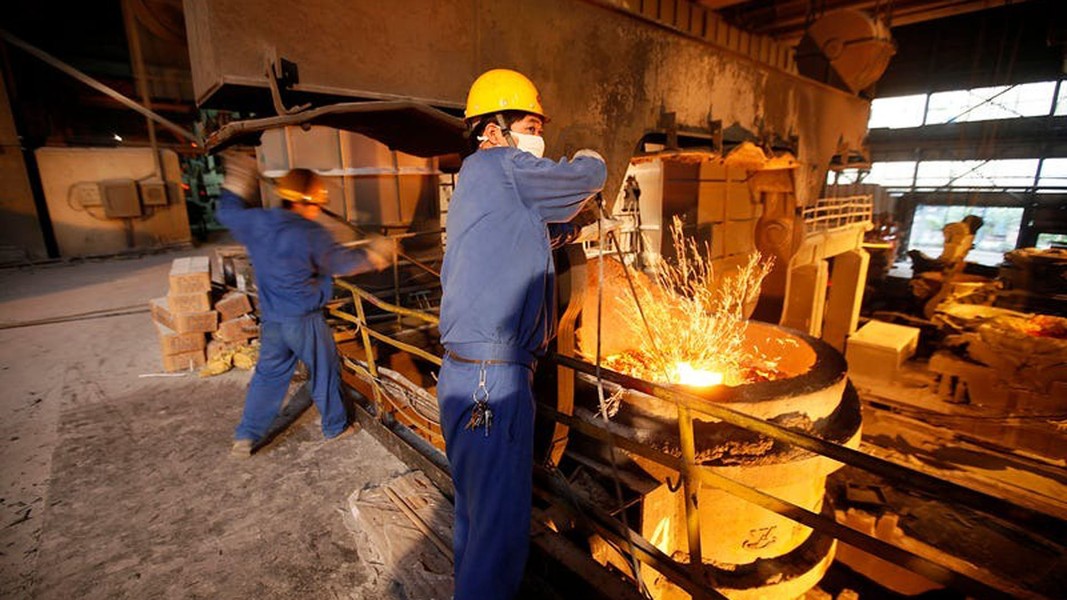
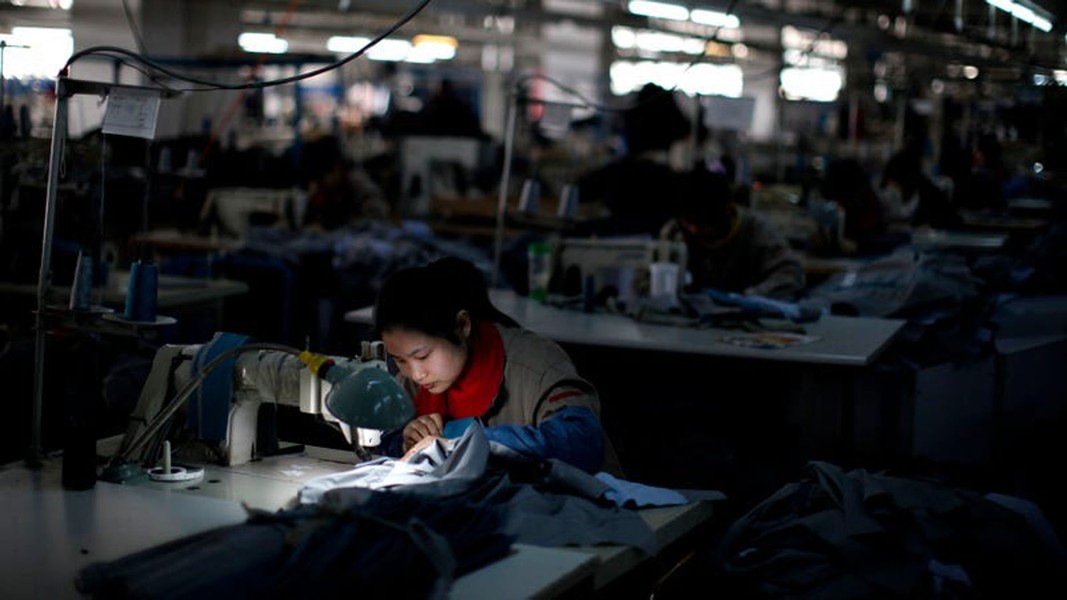
Business Insider said that in the 1950s, this village was mainly agricultural , with only 600 residents and an area of nearly 1 square kilometer. But after Wu Renbao became the village chief, Huaxi was reformed. In the 1980s, taking advantage of the opportunity when China began to reform and open up, Mr. Wu established 12 businesses in the village, from steel to textiles. Wu also banned gambling, drugs, and did not allow the opening of bars, internet cafes, or karaoke. In 2013, about a third of the village's revenue came from the iron and steel industry. Huaxi imported raw materials from India and Brazil, then exported products to more than 40 other countries. Photo: Business Insider.
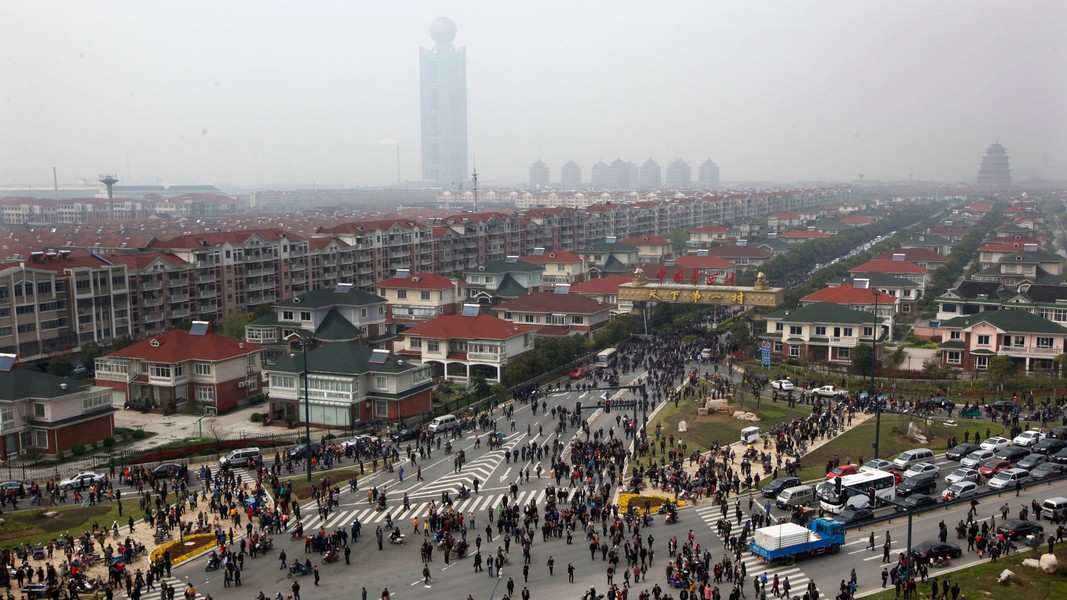
Textiles are also a major source of income for them. Nearly all the women in Hoa Tay work at sewing machines. At one point, the village owned 80 factories. By 2013, it had about 2,000 residents, who enjoyed benefits such as living in villas, owning two supercars, receiving education, medical care, and free cooking oil. They are said to have bank accounts worth up to $250,000. In return, people have to work hard in industrial zones. If they choose to leave, they will lose everything. Photo: Business Insider.
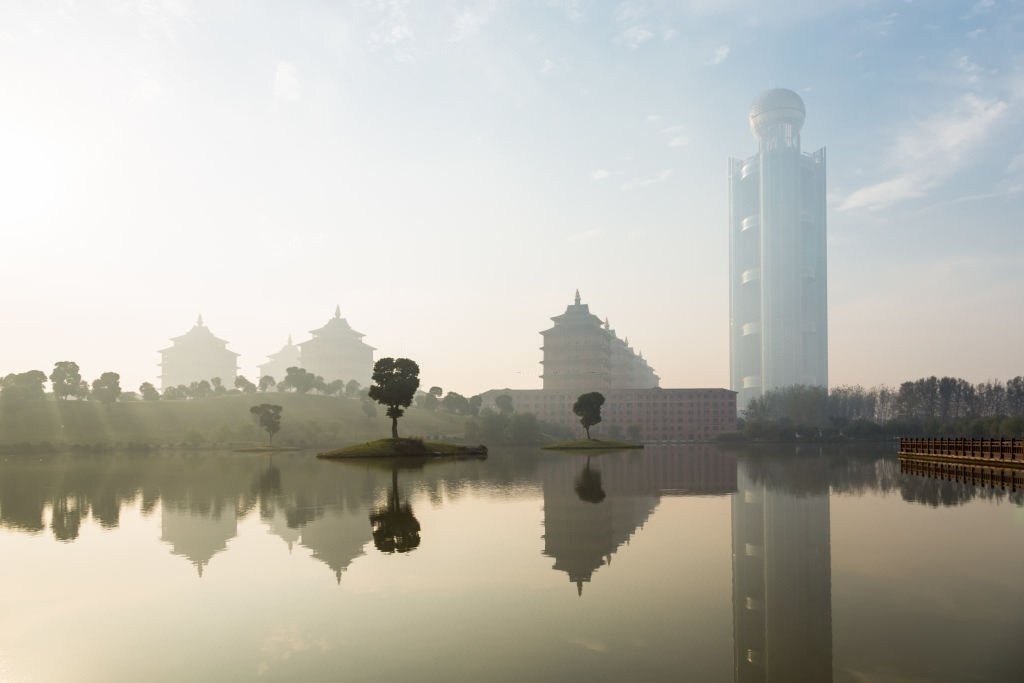
Symbolizing the prosperity of Hoa Tay is the 5-star international Long Wish Hotel, which has 826 rooms, including 16 Presidential suites and 1 “gold-class” Presidential suite, built in the central area of the village. Photo: iStock.

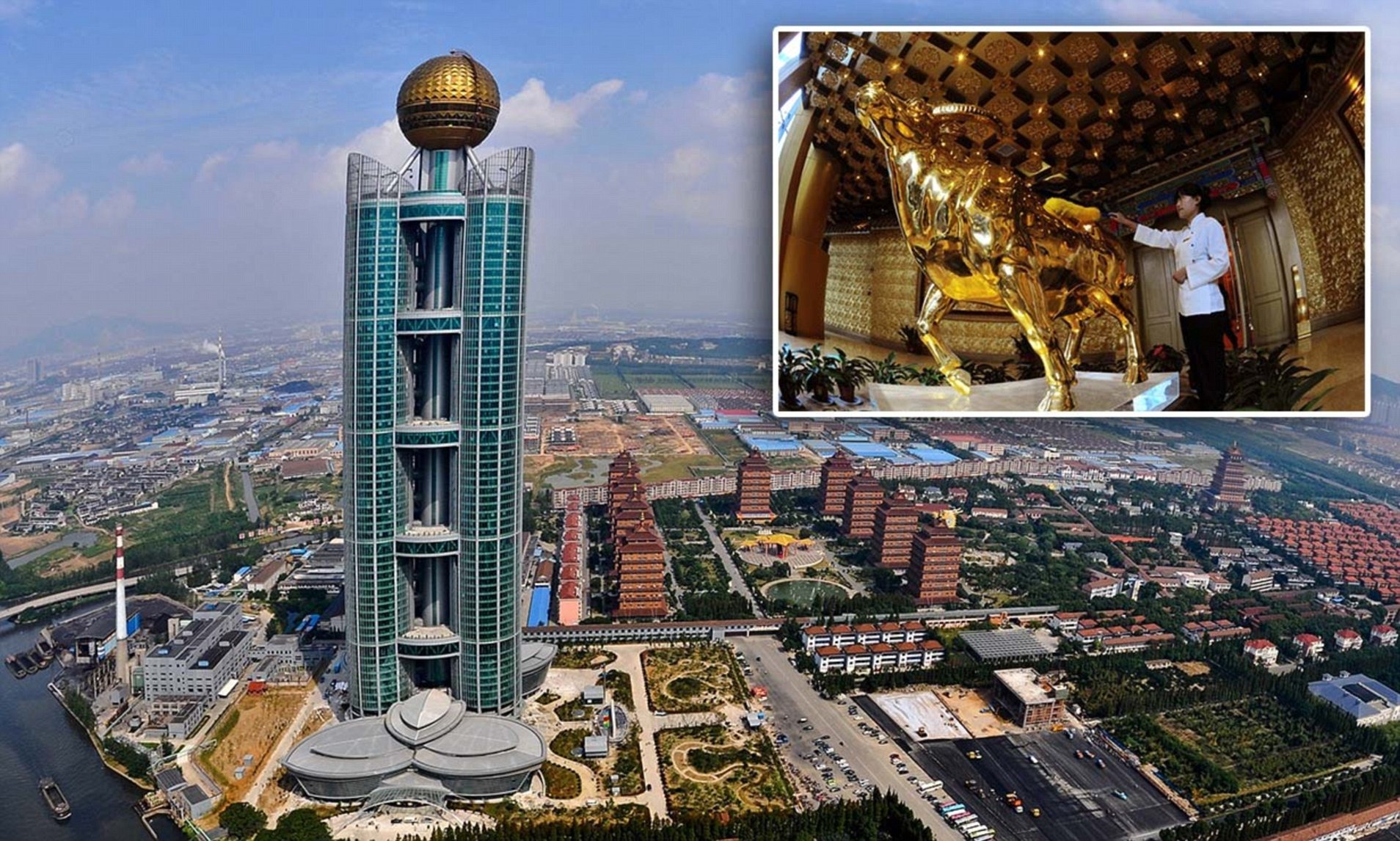
In the hotel grounds is a one-ton buffalo statue worth 300 million yuan. Thanks to that, the village attracts a significant amount of revenue from tourism. In addition, the village also spent 3 billion yuan to build its own 72-story skyscraper in 2011. The impressive structure is even 4 meters higher than the Eiffel Tower in Paris, and 18 meters higher than the tower in central London. Photo: Reuters
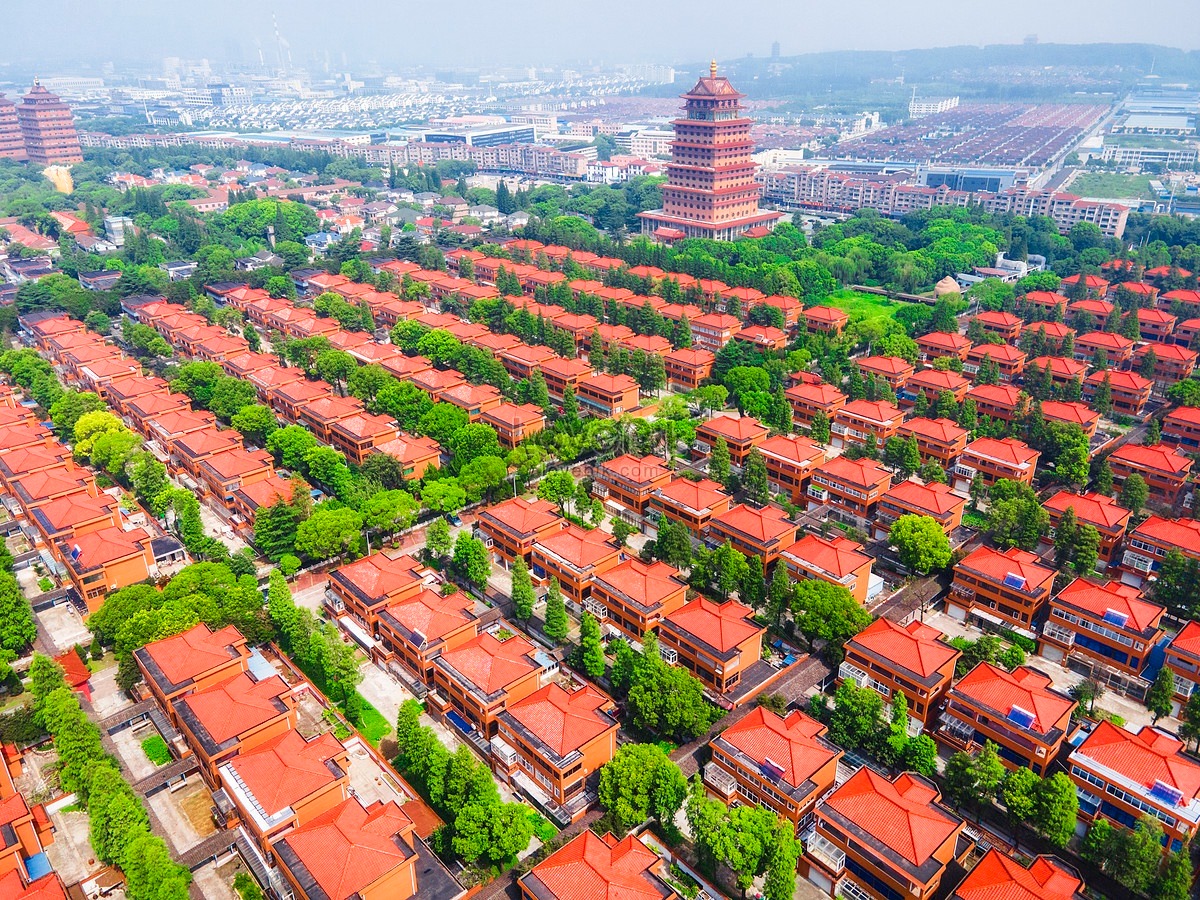
However, that is a story of the past. Huaxi Village is now drowning in debt. After 2008, Huaxi's steel industry began to decline and fell into a state of oversupply. Since then, the village's explosive growth has shown signs of slowing down. In 2013, Mr. Wu Renbao passed away, and his son, Wu Xie'en, took over the village leadership and became the group's successor CEO. According to Finance Sina, the group's management gradually "transformed" into a "family business" as power gradually fell into the hands of members of the Wu family. This once caused some controversy among other villagers. Photo: Lovepick.
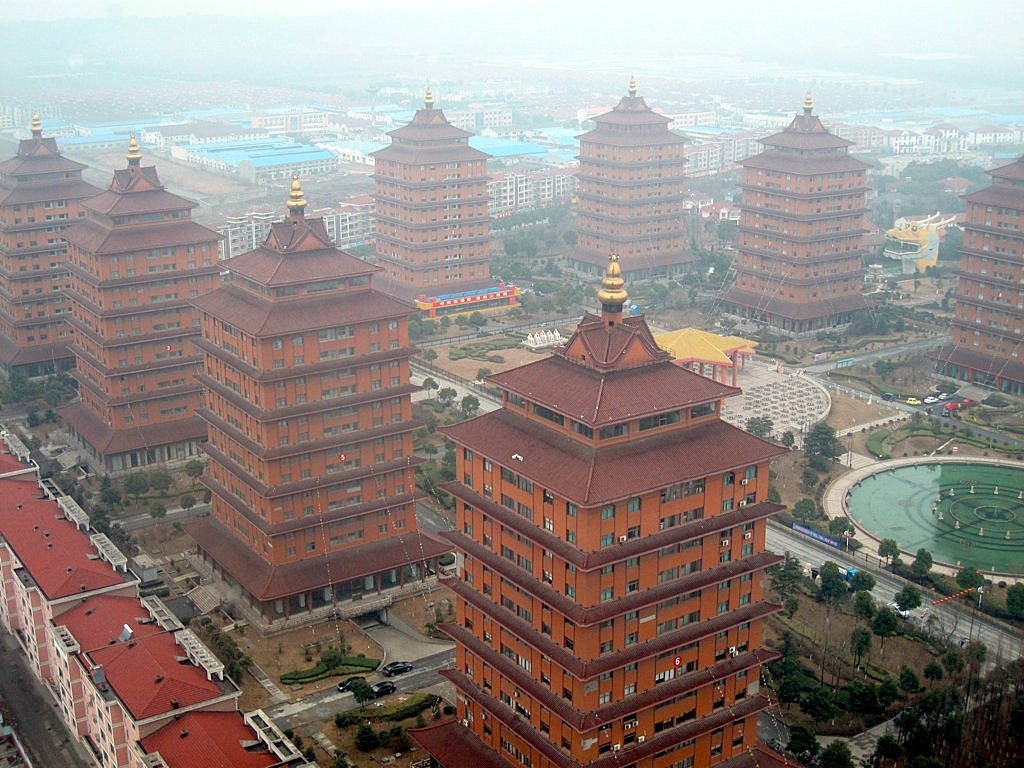
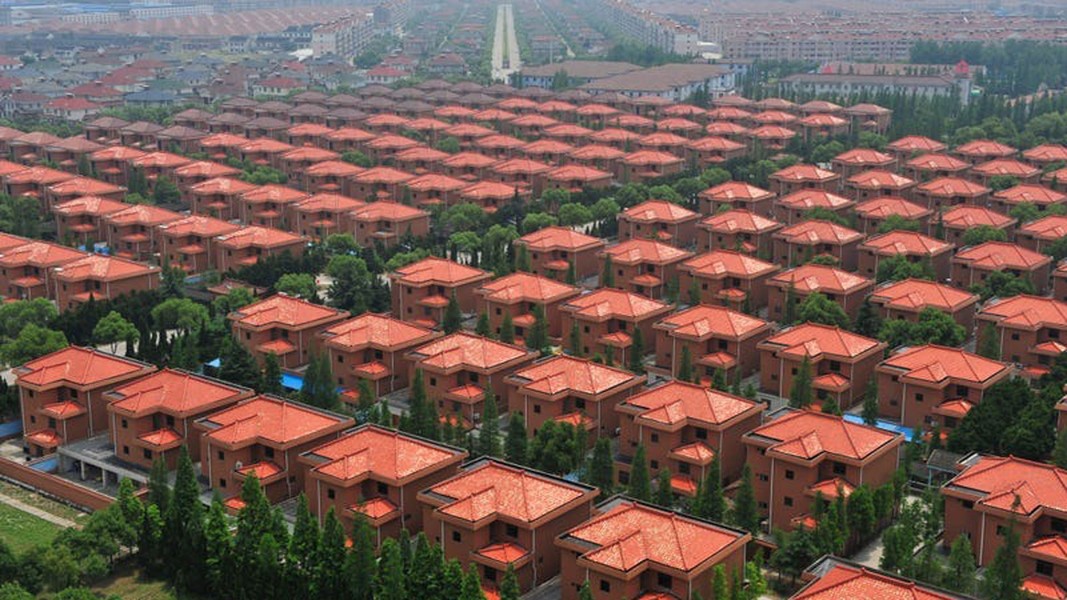
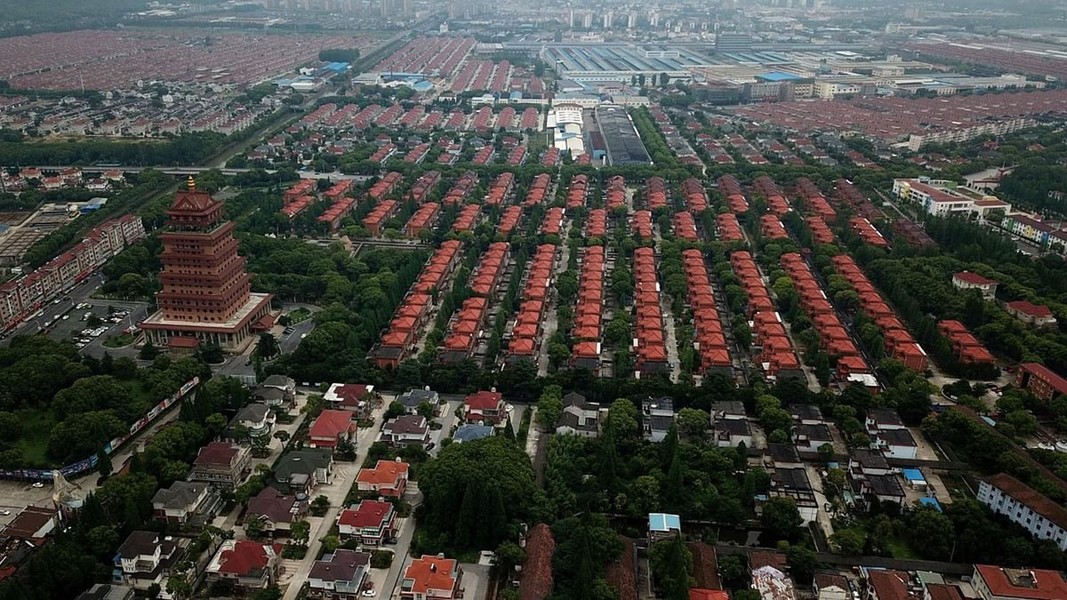
In particular, after becoming famous, Hoa Tay village pursued the development of tourism. They invested a lot of money to build Western-style villas along the river and mountain landscape, greatly improved tourist facilities and created landmark works such as Hoa Tay Museum, or works identical to the US Capitol Building, the Arc de Triomphe in France and the Sydney Opera House in Australia... Photo: Xcitefun.
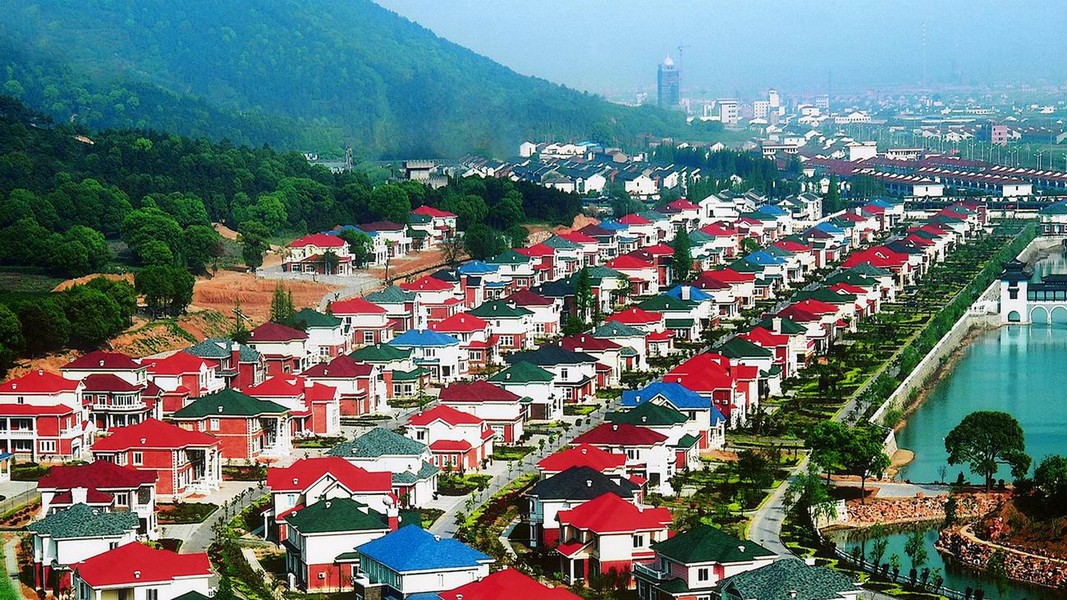
At first, the luxury buildings attracted waves of foreign tourists. But then, as new tourist cities gradually developed, the number of tourists in Hoa Tay village began to decline sharply due to competitive pressure. The tourism industry received large investments but fell into a loss-making situation. Photo: Xcitefun.
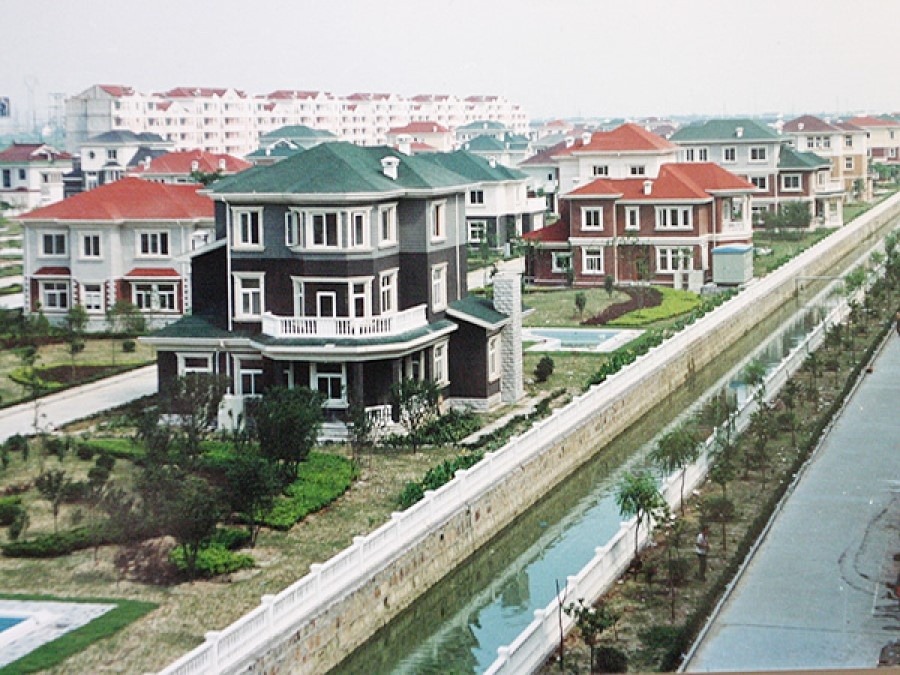
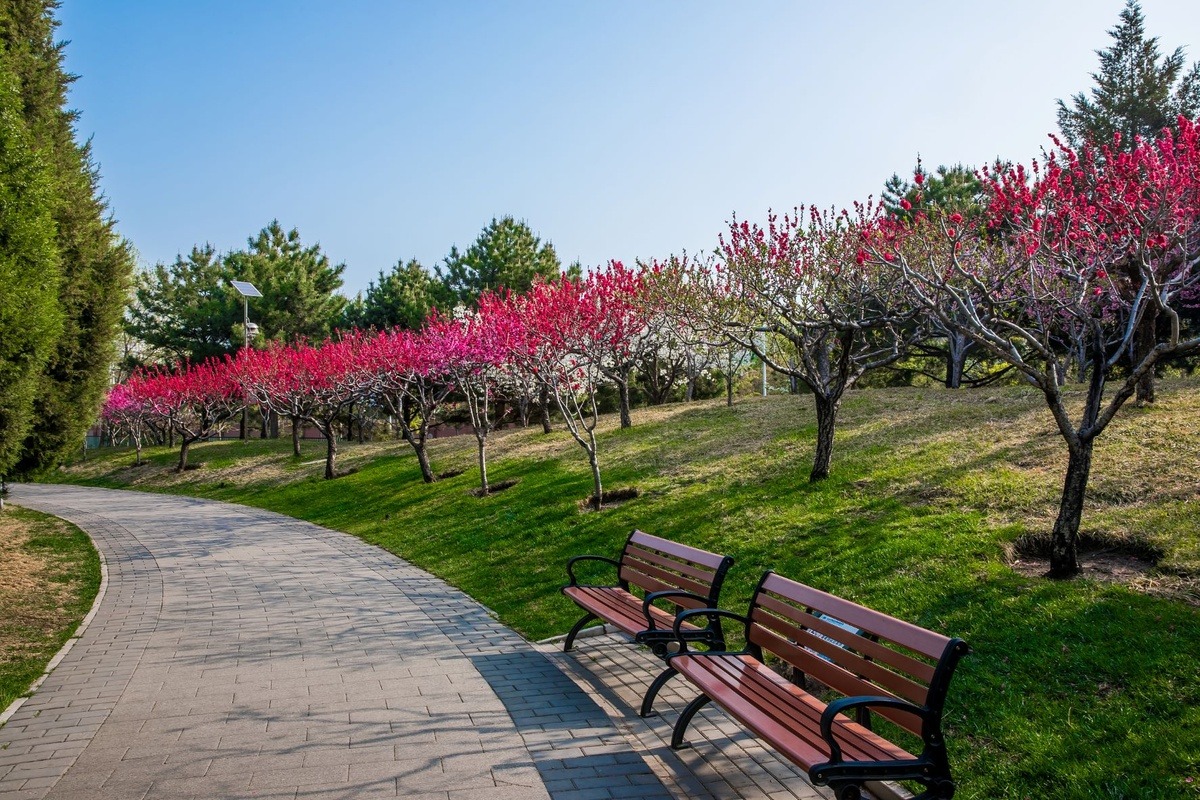
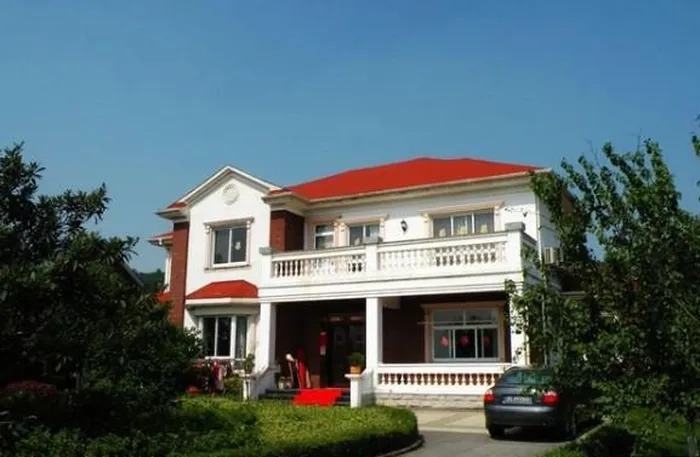
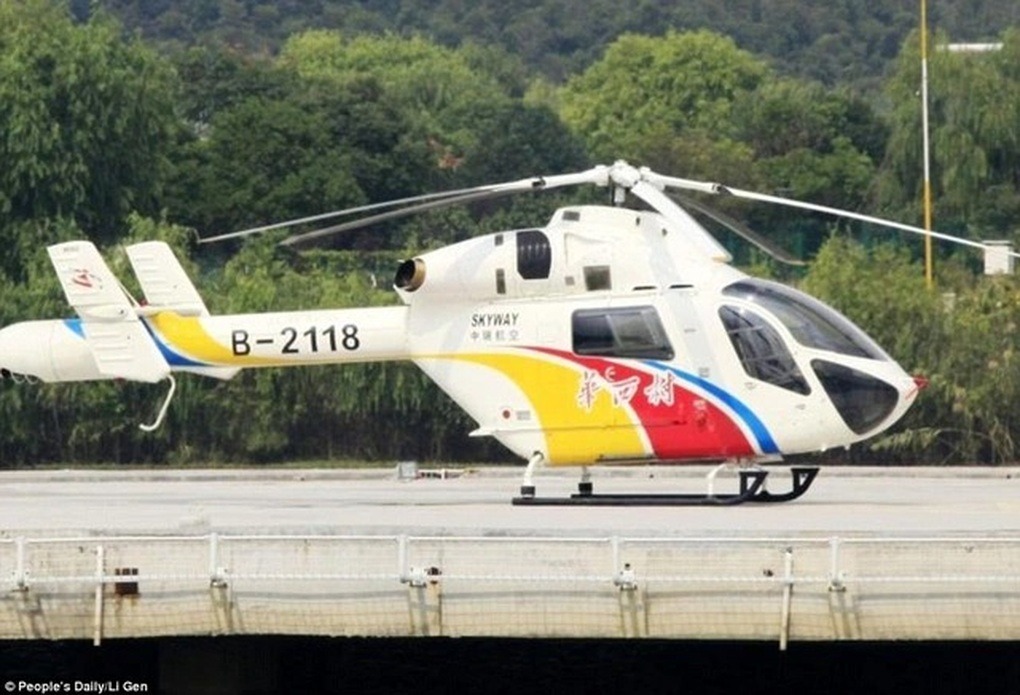
In addition, steel mills are forced to compete with larger state-owned enterprises. A textile company near the Longxi Hotel sells second-hand shirts for up to 200 yuan. The industry’s business prospects are also dimming as foreign brands such as Uniqlo and Gap enter China. Since 2017, financial difficulties have set in. Huaxi Group has accumulated more than 40 billion yuan in debt (nearly $6 billion). According to Think China, shareholder dividends have fallen from 30 percent to 0.5 percent. Hundreds of residents have lined up to get their principal back from Huaxi Group. Photo: Trip, Li Gen, Think China.
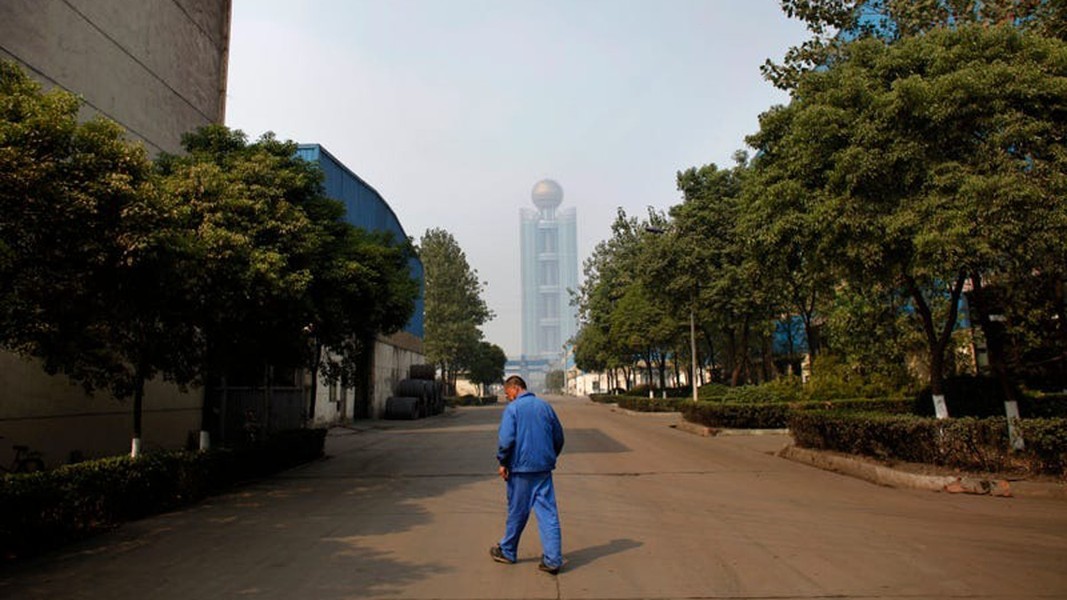
Once the pride of the city, but after the crisis, Hoa Tay village gradually lost its title of "billionaire village". Photo: Business Insider.
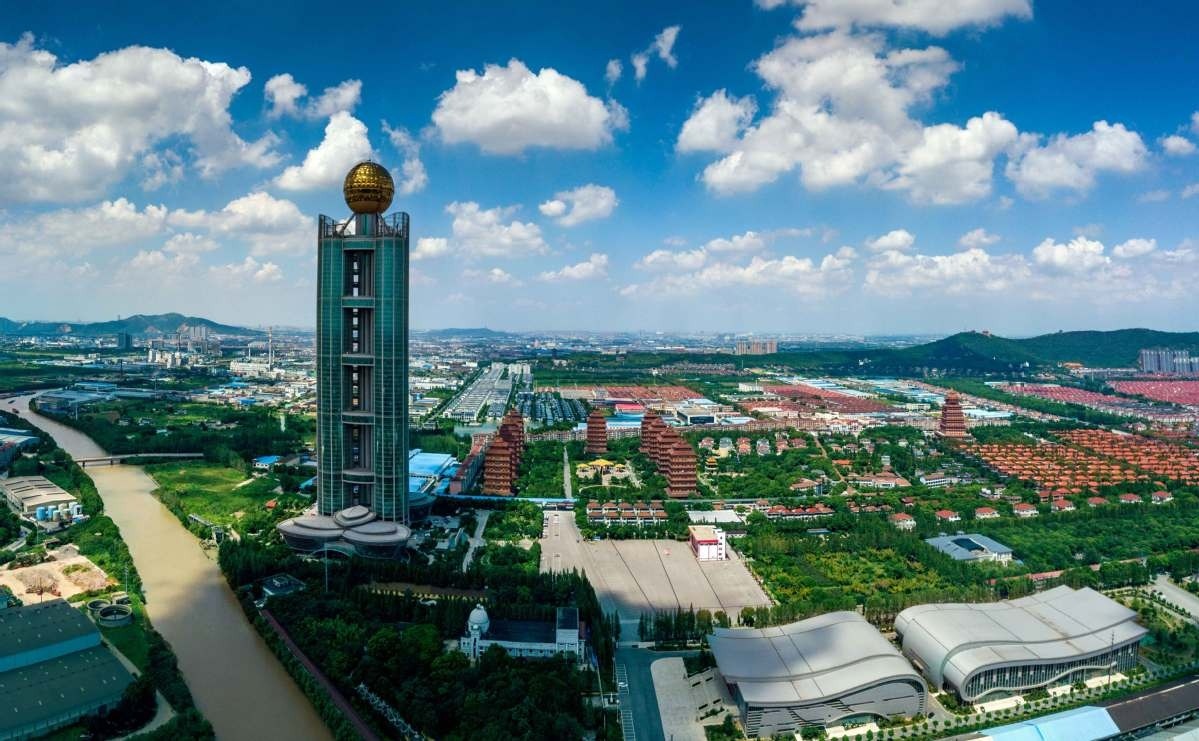
Although it is no longer as prosperous as before, the foundation is still there. Many people believe that if they can maintain through the difficult period and find a timely direction for innovation, they can still develop again. In early 2023, Huaxi officials even had to speak out to deny rumors of bankruptcy, despite a debt of up to 6 billion USD. Photo: China Daily.
Le Minh (according to Business Insider)
Source: https://danviet.vn/kham-pha-ngoi-lang-tung-giau-nhat-trung-quoc-noi-ai-cung-la-ty-phu-20240528102441764.htm


![[Photo] Closing of the 1st Congress of Party Delegates of Central Party Agencies](https://vphoto.vietnam.vn/thumb/1200x675/vietnam/resource/IMAGE/2025/9/24/b419f67738854f85bad6dbefa40f3040)

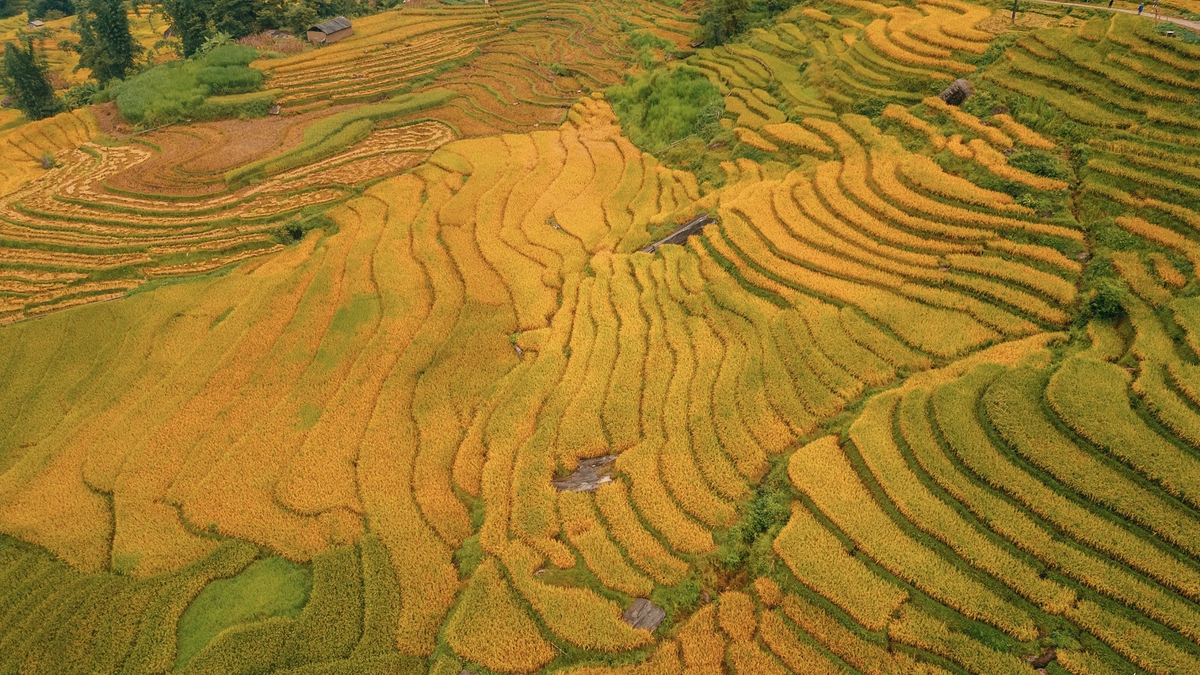





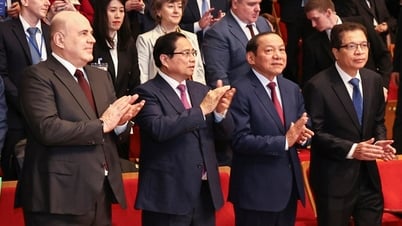
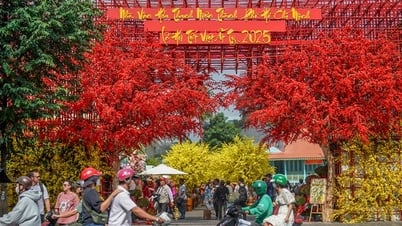
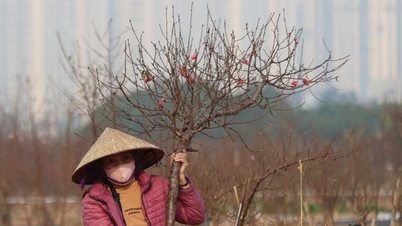


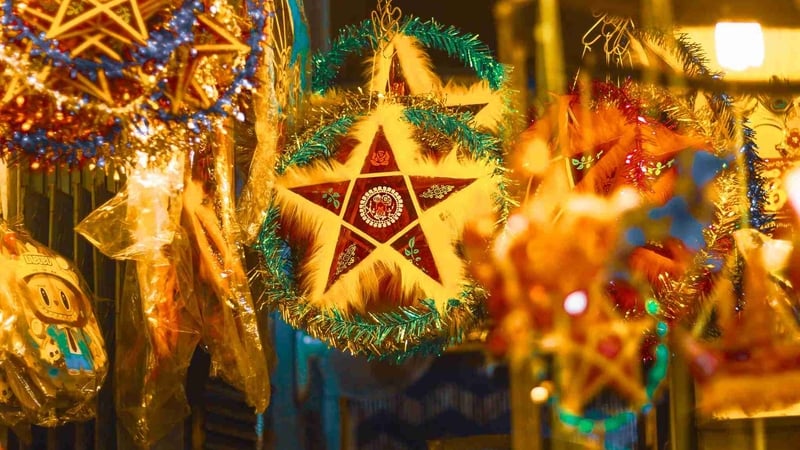
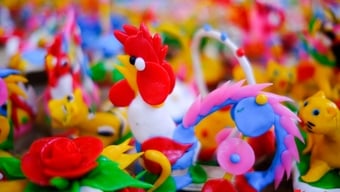
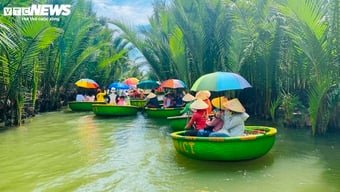


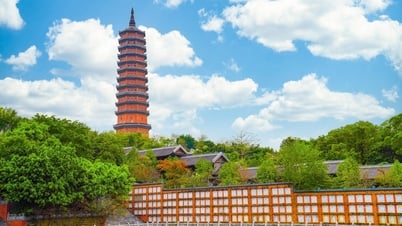

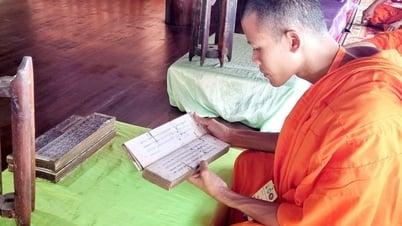

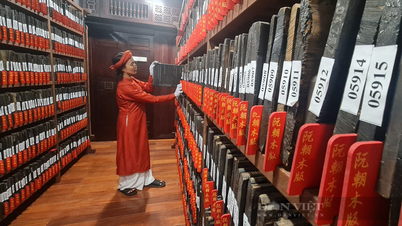
![[Photo] Editor-in-Chief of Nhan Dan Newspaper Le Quoc Minh received the working delegation of Pasaxon Newspaper](https://vphoto.vietnam.vn/thumb/1200x675/vietnam/resource/IMAGE/2025/9/23/da79369d8d2849318c3fe8e792f4ce16)
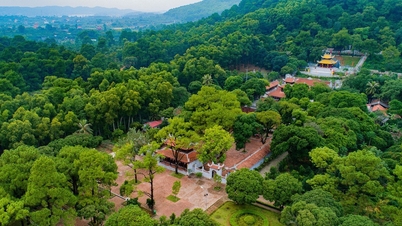

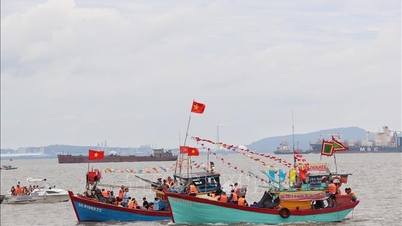

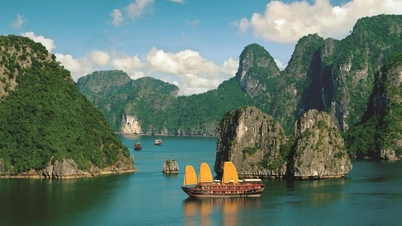

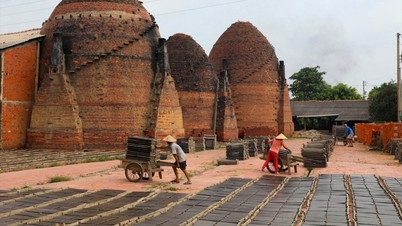



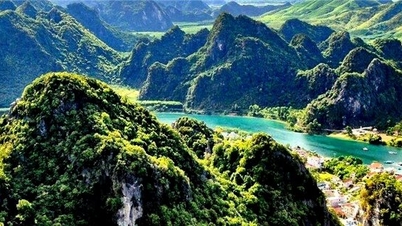


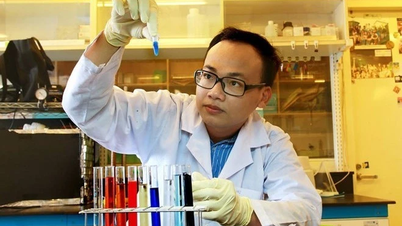



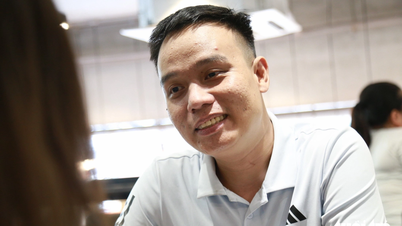






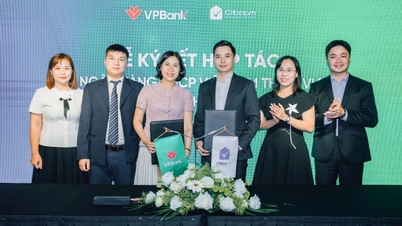
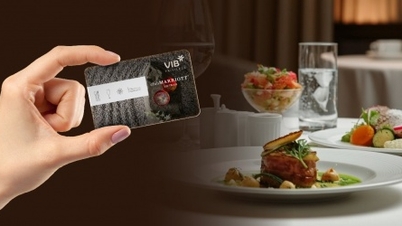






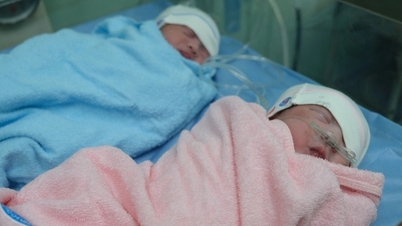

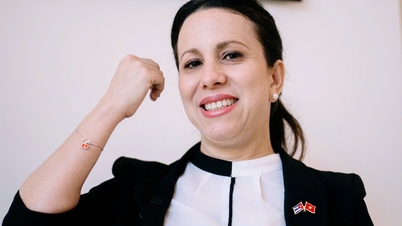


![[Photo] Solemn opening of the 1st Congress of Party Delegates of Central Party Agencies](https://vphoto.vietnam.vn/thumb/402x226/vietnam/resource/IMAGE/2025/9/24/82a89e250d4d43cbb6fcb312f21c5dd4)

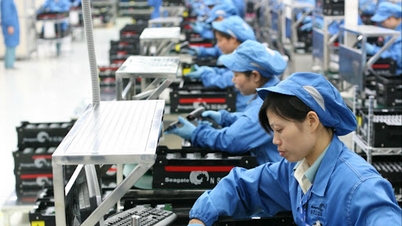

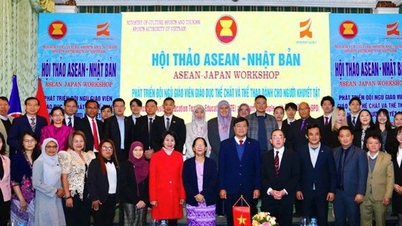

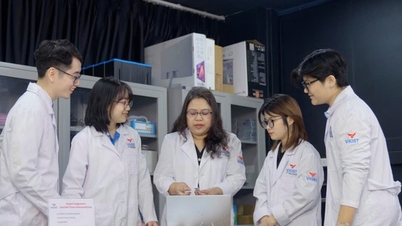


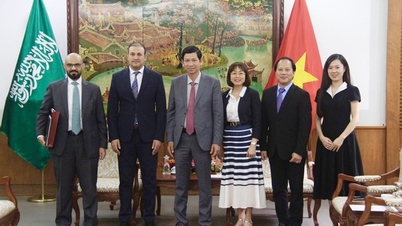




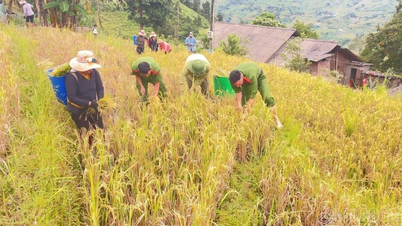


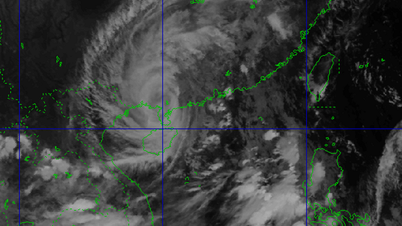

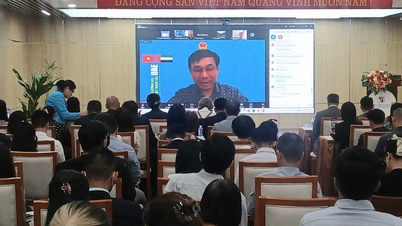


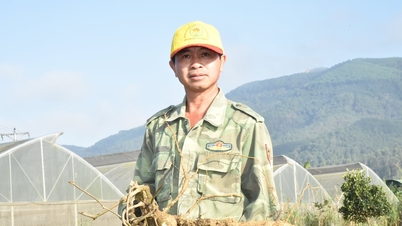



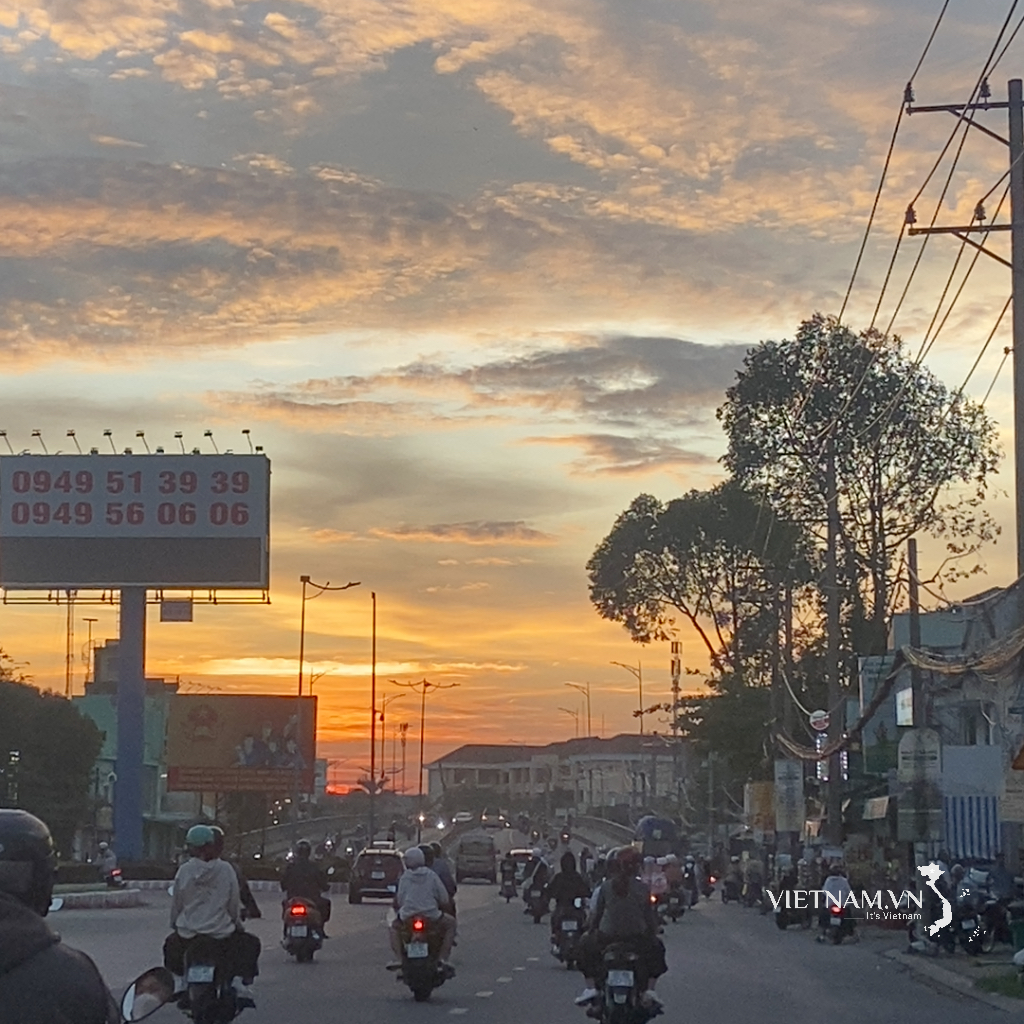



Comment (0)